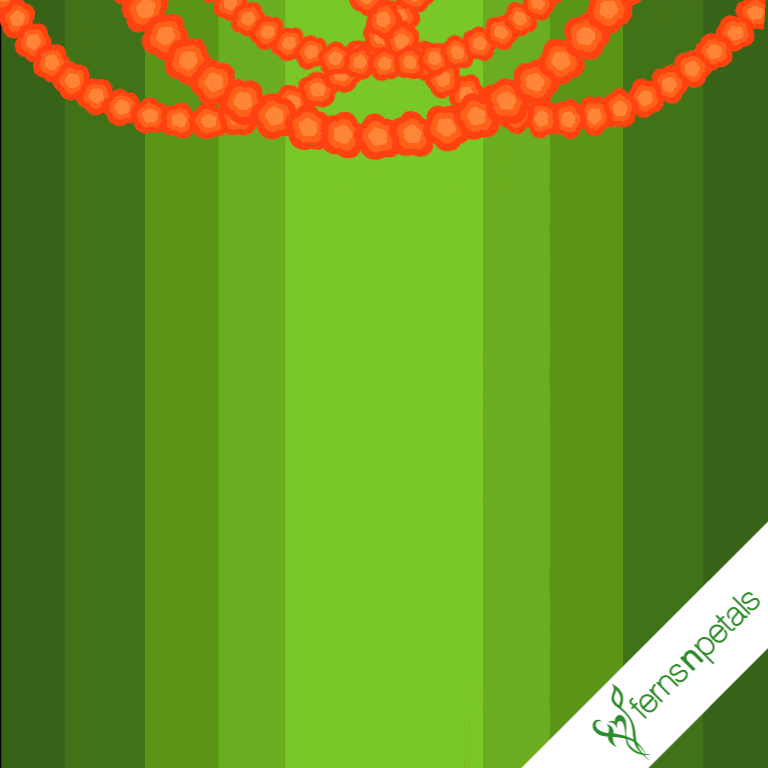About Gudi Padwa- Marathi New Year
Gudi Padwa is a spring festival that marks the New Year celebration for Marathi Hindus. It is celebrated on the first day of the Chaitra month according to the lunisolar Hindu calendar in Maharashtra and Konkan regions. The word padava comes from the Sanskrit word pratipada, which refers to the first day of a lunar fortnight. This day is considered an auspicious day that marks the New Year, celebrates the arrival of the spring season and the reaping of Rabi crops. The word Gudhi means a flag. A stick decorated with a bright cloth, neem leaves, and garlands is unfurled outside every Maharashtrians house, hence the name Gudi Padwa. People believe that bringing the Gudi at home ward off evil spirits and bring good luck and prosperity in life. As per mythology, the festival of Gudi Padwa is associated to the day on which Lord Brahma created time and universe. While others believe that that this day commemorates the coronation of Rama in Ayodhya after his victory over Ravana. Maharashtra’s legendary warrior, Chhatrapati Shivaji first started celebrating Gudi Padwa after his victory. Since then Gudi Padwa is celebrated in every Marathi household to welcome the New Year. On the occasion of Gudi Padwa, people start their day by eating bittersweet neem leaves that purify the blood and strengthens the body. The auspicious occasion of Gudi Padwa is also considered auspicious for Vaastu puja, buying gold, a new vehicle or opening new business ventures.
How is Gudi Padwa or Marathi New Year Celebrated in India?
Being one of the important festivals, Gudi Padwa is celebrated with great pomp and show in the state of Maharashtra.
- On this occasion, people draw rangoli on the floor of their houses by using powder color, flowers, and petals. They make a special Gudhi flag garlanded with flowers, mango, and neem leaves, and crowned with upturned silver or copper vessel. Drawing rangoli is considered the best way to give a warm and colorful welcome to all the guests and loved ones.
- The houses are decorated with bright colored flowers and the doors are adorned with beautiful torans, which is believed to spread positivity around.
- People begin their day with a holy bath in a river, wear new clothes, and visit the temple to offer their prayers to God. Women wear a nine-yard saree and accessorize their hair with a garland of mogra flowers. The men wear traditional kurta pyjama along with a saffron turban.
- On this day, women prepare sweets like Puran Poli and Shrikhand and dishes like Aambe Daal and Sunth Paak, which is relished by all the family members with great joy.
- The Gudi Padwa prasad prepared using neem leaves with jaggery is a bitter-sweet prasad. It is prepared in every Marathi household that signifies the journey of life with the fair share of sorrow and happiness.
- Gift giving is one of the major traditions of this festival when the elder members offer clothes, money, and other gifts to the younger members of the family.
- The Prabhat Pheri called street processions are held throughout Maharashtra on this special day followed by dance and food festivals. During the processions, many men and women tie a saffron-colored turban around their heads.



